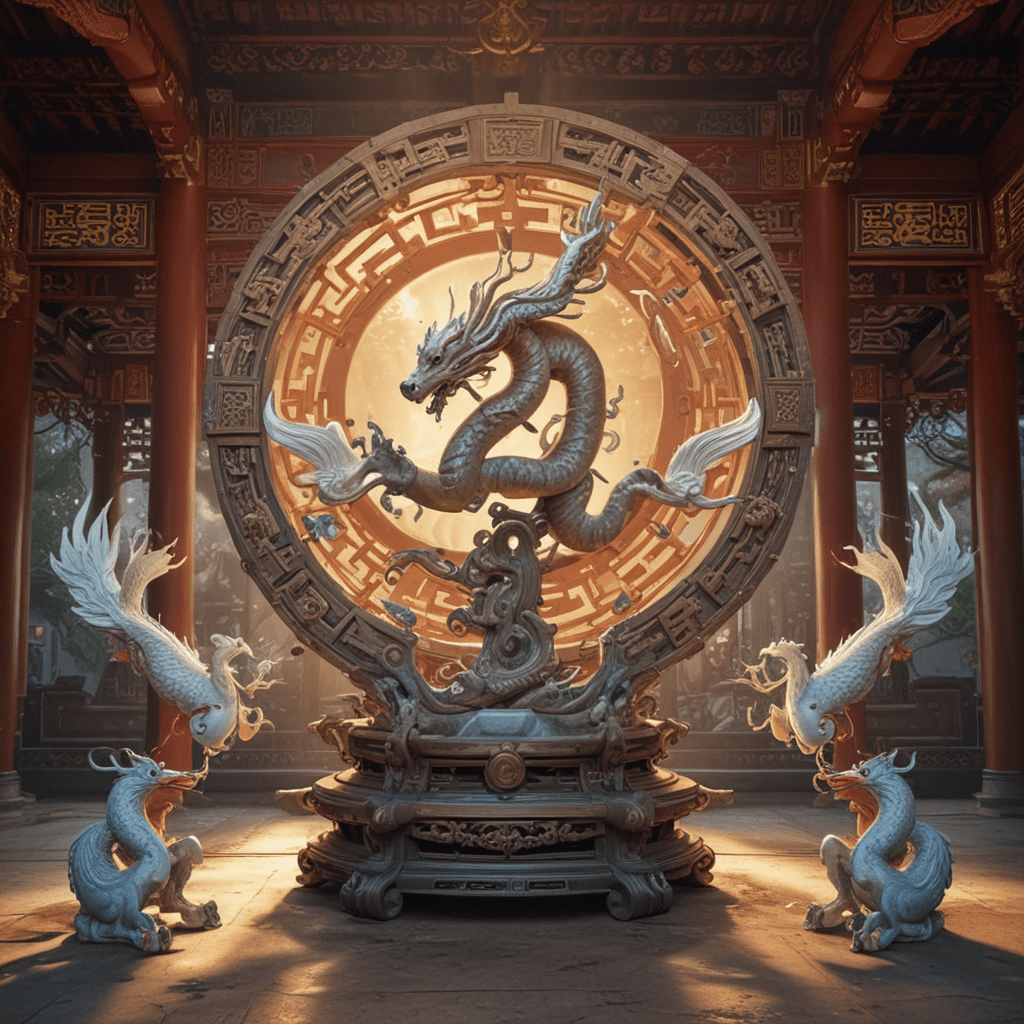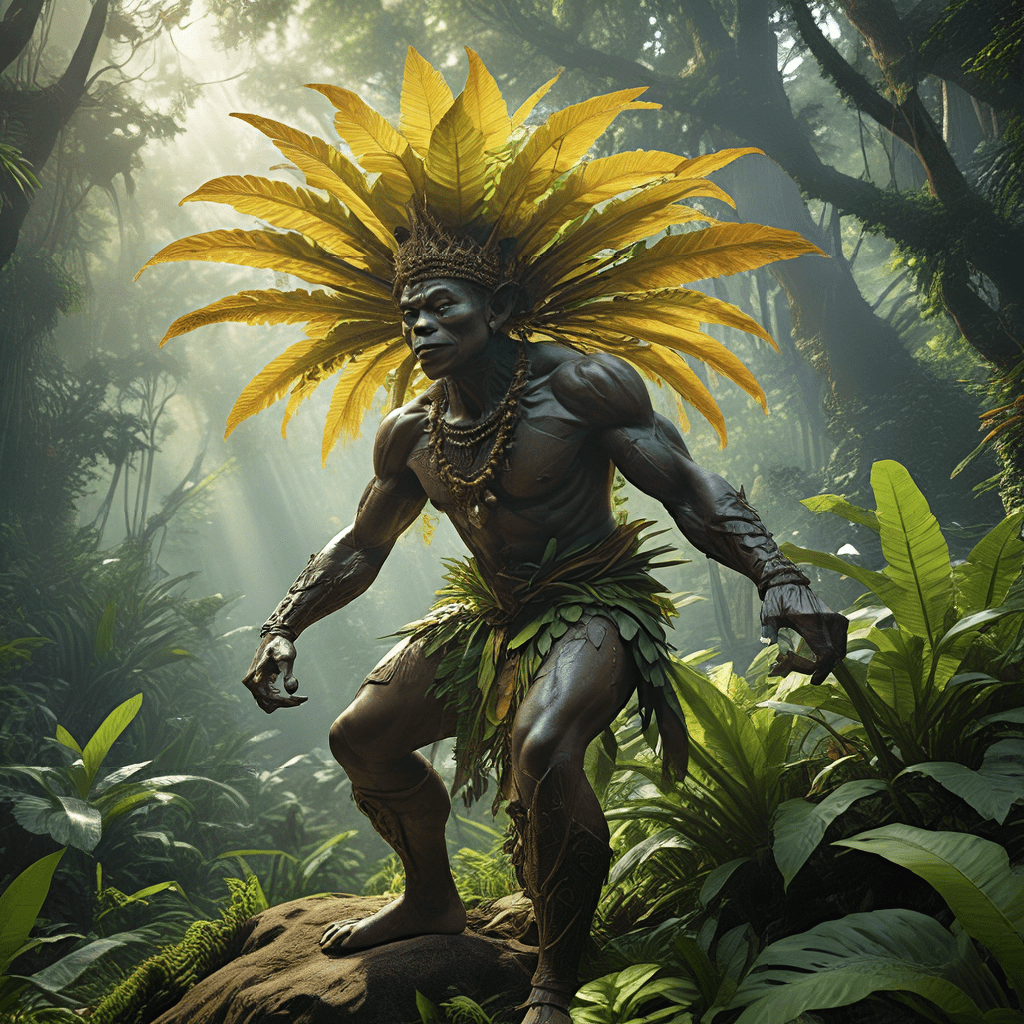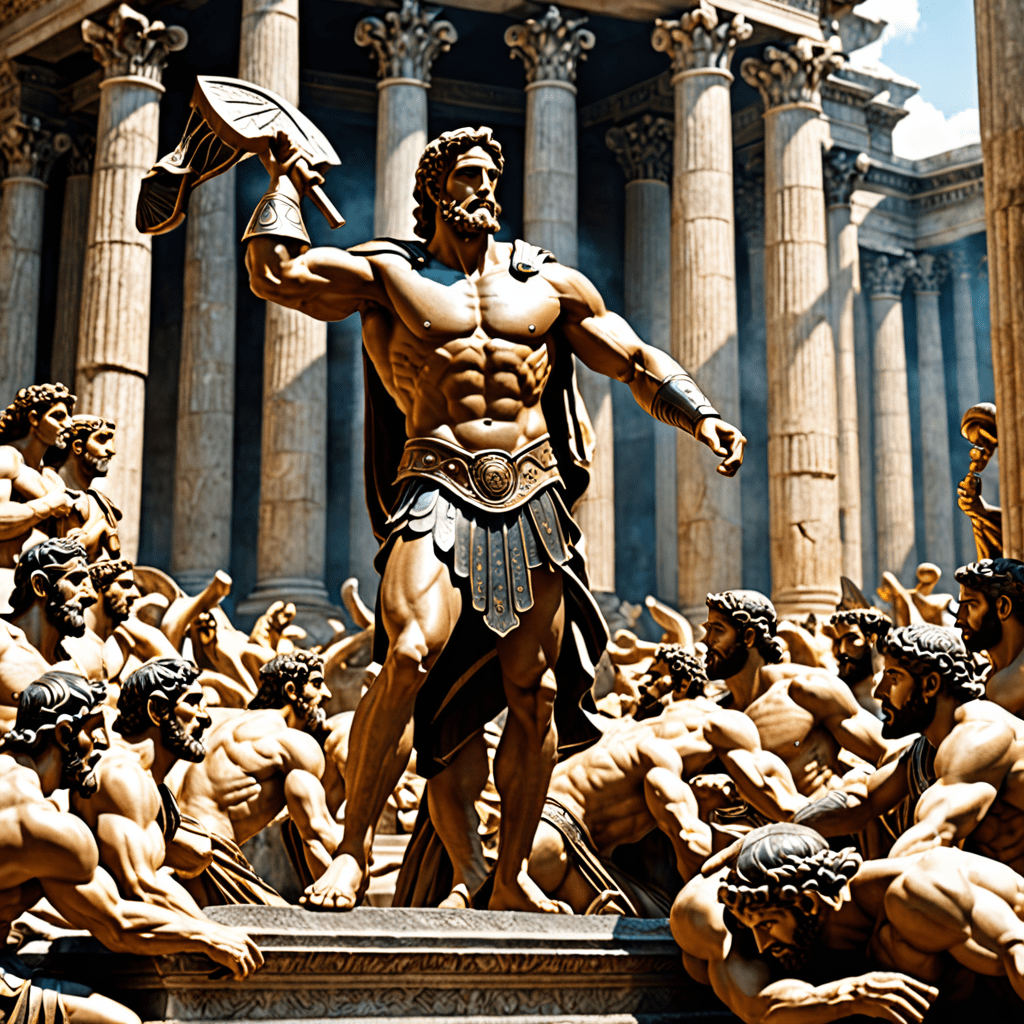Chinese Mythological Symbols of Harmony and Balance
In Chinese mythology, symbols hold immense significance, representing the interconnectedness and balance of the universe. These symbols have been passed down through generations, embodying profound principles that continue to shape Chinese culture and beliefs.
Yin and Yang
Yin and yang are the two opposing yet complementary forces that exist in all things. Yin represents darkness, cold, femininity, and receptivity, while yang stands for light, warmth, masculinity, and action. The endless cycle of yin and yang symbolizes the dynamic equilibrium of the universe, with each force constantly transforming into its opposite.
The Four Symbols
The Four Symbols are mythical creatures that represent the cardinal directions and seasons. The Azure Dragon represents the east and spring, the Vermilion Bird symbolizes the south and summer, the White Tiger signifies the west and autumn, and the Black Tortoise represents the north and winter. Together, they embody the harmony and balance of the natural world.
The Eight Trigrams
The Eight Trigrams are a set of eight symbols that represent various aspects of the universe. Each trigram is composed of three lines, which can be either broken (yin) or unbroken (yang). The trigrams are arranged in a circle, representing the constant flow and change of events. They are used in divination, feng shui, and other traditional practices to interpret the patterns of life.
The Five Elements
The Five Elements are wood, fire, earth, metal, and water. They represent the physical and spiritual forces that shape the world. Each element is associated with a specific color, direction, season, and organ. The harmony and balance of the Five Elements is essential for the well-being of both individuals and the environment.
Dragons
Dragons are mythical creatures that symbolize power, good luck, and prosperity. They are often depicted as long, serpentine beasts with four legs and wings. Dragons are associated with water and the element wood. They are believed to be the guardians of treasure and protectors of the righteous.
Phoenixes
Phoenixes are mythical birds that symbolize rebirth, renewal, and immortality. They are often depicted as having colorful plumage and a long, flowing tail. Phoenixes are associated with fire and the element fire. They are believed to be the bringers of good fortune and prosperity.
Tigers
Tigers are mythical creatures that symbolize strength, courage, and ferocity. They are often depicted as large, powerful cats with distinctive stripes. Tigers are associated with the element wood. They are believed to be the guardians of the forest and protectors of the innocent.
Turtles
Turtles are mythical creatures that symbolize longevity, wisdom, and stability. They are often depicted as slow-moving reptiles with a hard shell. Turtles are associated with the element water. They are believed to be the guardians of the underworld and protectors of the dead.
The Double Happiness Symbol
The Double Happiness symbol is a Chinese character that represents joy, happiness, and good fortune. It is often used as a decorative element on wedding invitations, clothing, and other festive occasions. The symbol is believed to bring good luck to those who display it.
The Longevity Symbol
The Longevity symbol is a Chinese character that represents long life and good health. It is often used as a decorative element on birthday cards, gifts, and other items intended to bring good fortune. The symbol is believed to bestow longevity and vitality upon those who possess it.
FAQ
What is the most important symbol of harmony and balance in Chinese mythology?
Yin and yang are the most important symbols of harmony and balance in Chinese mythology. They represent the two opposing yet complementary forces that exist in all things, and their endless cycle symbolizes the dynamic equilibrium of the universe.
What are the Four Symbols in Chinese mythology?
The Four Symbols are the Azure Dragon, the Vermilion Bird, the White Tiger, and the Black Tortoise. They represent the cardinal directions, seasons, and elements, and embody the harmony and balance of the natural world.
What are the Eight Trigrams?
The Eight Trigrams are a set of eight symbols that represent various aspects of the universe. They are used in divination, feng shui, and other traditional practices to interpret the patterns of life.
What are the Five Elements in Chinese mythology?
The Five Elements are wood, fire, earth, metal, and water. They represent the physical and spiritual forces that shape the world, and their harmony and balance is essential for the well-being of both individuals and the environment.



